[VIDEO] How to Donate to ReStore During COVID-19 (Drop-Off or Pickup)
The pandemic left many people spending more time at home than they used to. Maybe you started to notice the stuff around you – old furniture and home...
2 min read
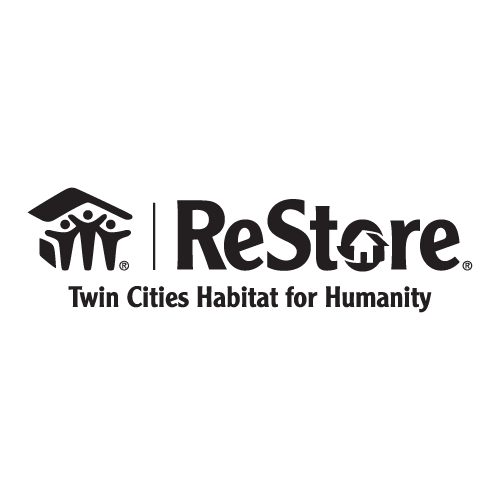 ReStore Staff
:
11:39 AM on September 24, 2021
ReStore Staff
:
11:39 AM on September 24, 2021
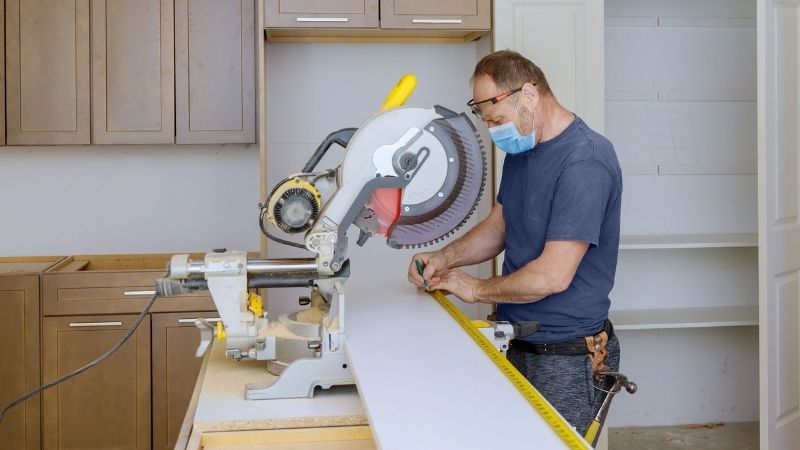
You’ve just finished a construction project or remodel and feel a deep sense of satisfaction. Then you look around and see all the stuff you didn’t use: long pieces of lumber, unopened boxes of tile, lengths of PVC and metal pipe, a new patio door the homeowner didn’t like, coils of electrical wire, and a few boxes of shingles. Maybe there are other things left behind.
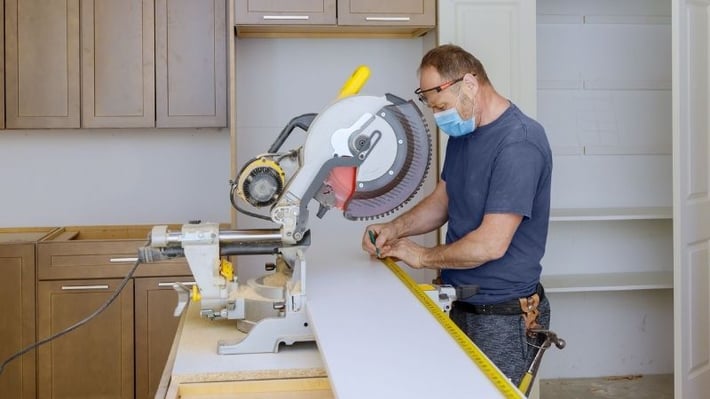
The job is done but dealing with leftover construction materials is your next challenge. Before lining up trucks to haul it to the landfill, think about donating to the Twin Cities Habitat for Humanity ReStore.
When you donate construction, you help keep perfectly good materials out of the landfill, shoppers get usable items at an affordable price, and you get a tax deduction. Plus, you’ll be helping Twin Cities Habitat for Humanity create and preserve homes for local families. Most thrift stores benefit local charities, but few will take construction materials, especially in large quantities.
ReStore accepts clean and mold-free:
Building Materials
Architectural Pieces
Doors
New Bathroom Fixtures and Plumbing
New Electrical Supplies
New Flooring
New Carpets and Rugs
New home exterior materials such as gutters and shingles (accepted April 1 through October 1)
New HVAC items (accepted seasonally)
Kitchen Cabinets
Landscaping Materials
Lighting and Fans
Paint, Stain, and Paint Supplies
New Boxes of Tile
Tools and Hardware
New Windows and Screens
Patio Furniture
Office Furniture
Appliances
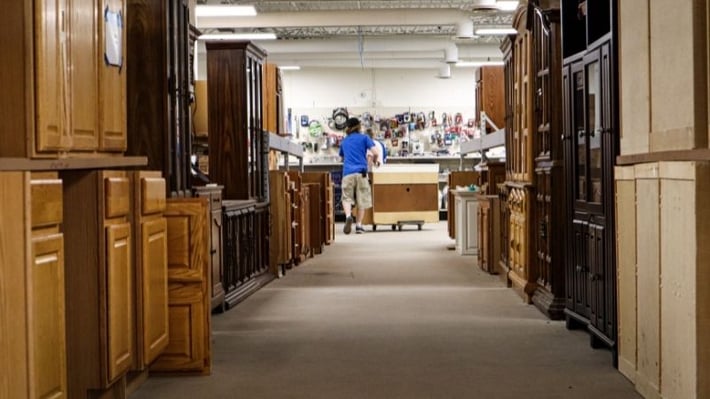
Cabinets on the sales floor at the New Brighton ReStore.
Once you have sorted through it all, you can donate in one of two ways. You can drop off your usable construction materials yourself or schedule a pickup on site. ReStore has a convenient online form to schedule a pickup.
There are some items, however, that you must drop off yourself. Those are full cans of paint and stain, home interior items, and hardware.
Some items should also be specially marked. For example, the size of tile should be written on the box with a permanent marker. When donating doors or light fixtures, remove any hardware and bag. If there are decorative lamps that go with the light fixtures, include those, too.
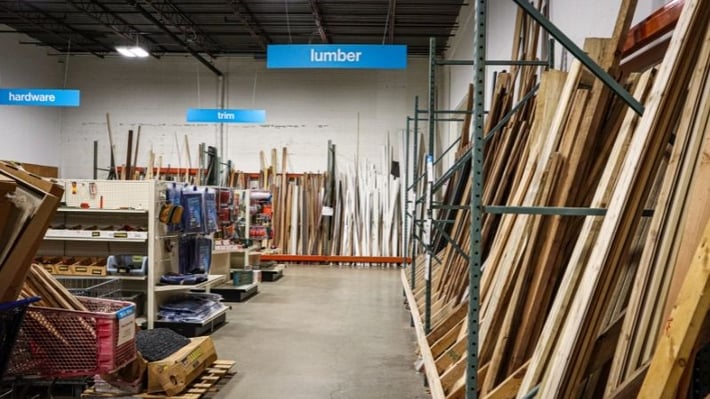
A look inside ReStore where materials, tools, and other materials are on display.
Before you donate any construction waste, make sure you determine the value of it so you can get a receipt for your taxes. If the value is $500 or less, your receipt is sufficient for the IRS. If the value of your donation is over $500, fill out the IRS Form 8283. Make sure you retain all paperwork for your records and as proof for the IRS.
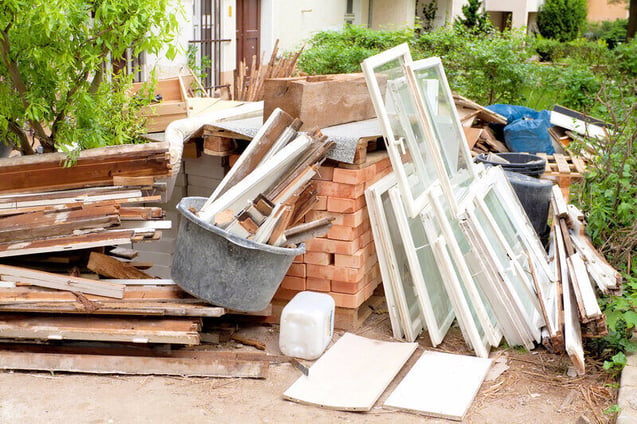
If you happen to have items ReStore won’t take, consider donating those to a thrift store, community center, church, a shop teacher at a local school, or even your local community theater. Those donations may also be tax-deductible, and they will benefit your local community.
ReStore doesn’t accept all items you might want to donate. ReStore won’t take the following:
No Commercial Refrigerators
No Wall or Double Ovens
No Microwaves
No Garbage Disposals or Cooktops
No Gas Fireplaces/Fireplace Inserts
No Commercial Doors
No Hollow-core Doors
No Painted, Mirrored, and Exterior Wood Doors
No Garage Doors or Openers
No Countertops
No Hand-painted or Non-kitchen Built-in Cabinets
No Toilets
No Cast Iron or Jetted Tubs
No Factory Molded and Cast Iron Sinks
No Shower Doors
No Unframed Mirrors
No Water Softeners
No Marine or Oil-based Paint
No Laminate or Vinyl Flooring
No Partial Boxes of Tile
No Track Lighting
No Fluorescent Fixtures
No Brass Ceiling Fans
Make sure you dispose of unusable items or hazardous materials the right way after your project too. The Green Disposal Guide for Hennepin County is a good place to find out how. Minnesota’s Pollution Control Agency also has a list of where to dispose of hazardous items for each county in the Twin Cities metro.
Your gift unlocks bright futures! Donate now to create, preserve, and promote affordable homeownership in the Twin Cities.
![[VIDEO] How to Donate to ReStore During COVID-19 (Drop-Off or Pickup)](https://restore.tchabitat.org/hubfs/2021%20Blog%20Images/February/Donate%20During%20Covid%20-%20Featured%20Image.jpg)
The pandemic left many people spending more time at home than they used to. Maybe you started to notice the stuff around you – old furniture and home...

Your big cleanup project is almost complete, which means you have some household items you no longer want or need. They're in decent shape, and you’d...
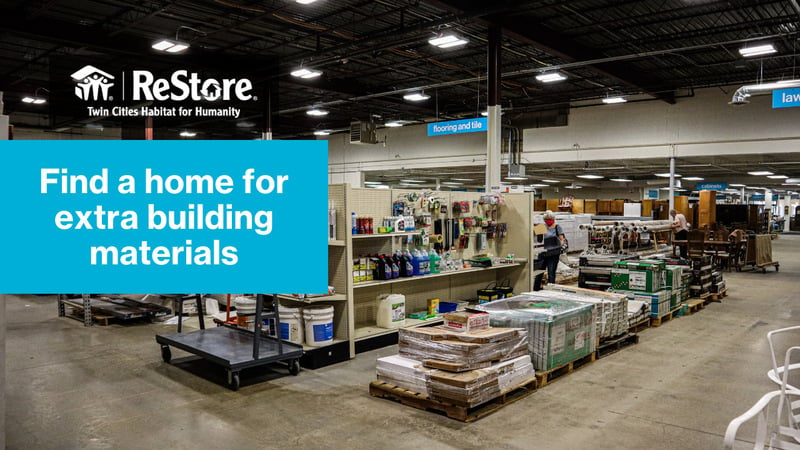
Has your business ever changed locations,had extra inventoryor building materials left over from a project, or needed to open up space in your...